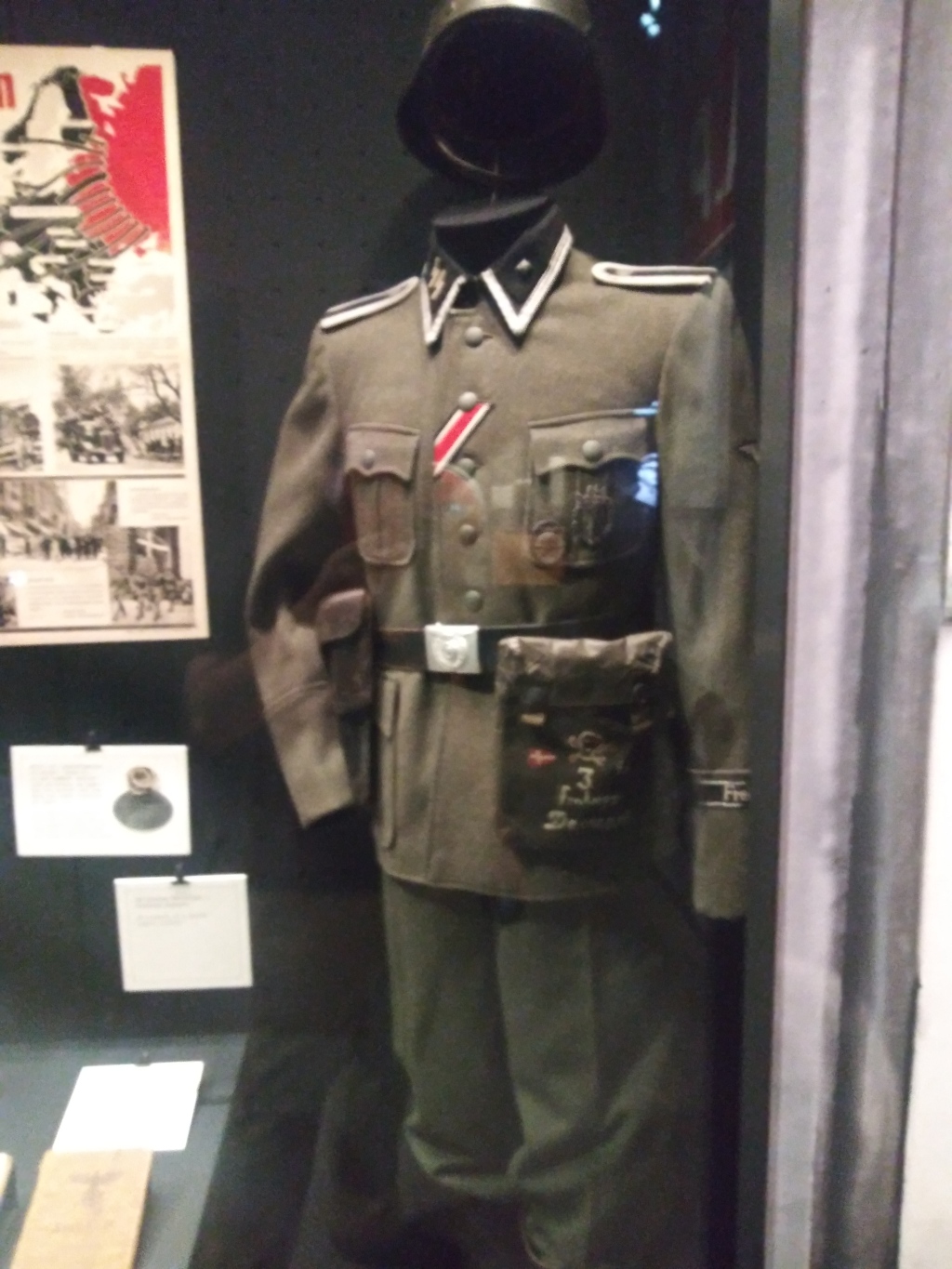Namely the Medical Museum and the Resistance Museum, but with a brief snapshot of the Royal Museum at Amalienborg!
Scene: It’s a long, dreary weekend in Copenhagen. The clouds above have blended with the sky, creating a canvas that now melts onto the streets. After a month or so, the city feels not unlike home, and as a result there doesn’t feel like a place that hasn’t been visited or an attraction that hasn’t been enjoyed. Yet this day is not the type of day where you want to sit around, twiddling your thumbs or binging more shows on Netflix; you need to do something.
Whether it’s during K7 week, when virtually every museum throughout Denmark has free admission, or just a standard weekend with money getting stale in your pocket, with a nation comes its heritage. In Copenhagen, this heritage is featured prominently through over 50 museums; while that may not sound like a lot, consider the compact nature of the city proper; one can walk across it in an hour!
For the two spotlight museums in this post, I went during K7 week. The main prize in my eyes was Frihedsmuseet, or The Danish Museum of Resistance…but while I was on my way there, I stumbled upon the Medicinsk Museion, or the Medical Museum (no that’s not a typo, that one museum is the only one in Denmark that got inspiration from Greek naming rather than Latin). As a not-a-medical student, curiosity got the best of me, so I decided to take a small detour and see what was inside!
The Medical Museum was, to my shock, quite an all-encompassing exhibit of the various aspects of medicine and medical thought since the Scientific Revolution. From dissection and preservation to the ideas of humors and temperaments, steel arms to pacemakers and the many complexities that make up the human gut, this museum has it all. Even the building itself has quite the history in science as the home of Christian Bohr and his better known son, Niels Bohr.











Having got my fill of medicine for a day, I decided to continue down the way to Frihedsmuseet, which covers the history of Denmark throughout the Second World War and follows the lives of a handful of individuals as they made their way through such turbulent times. In my opinion, it is perhaps one of the best museums out there regarding the topic, as it clearly notes the Danish official policy of collaboration and the willingness of some Danes to assist or even serve the National Socialist regime of Germany; one of the individuals whose life is followed in the museum was an SS member who fought on the Eastern Front and then did anti-partisan work against his own countrymen.









Finally, for one of my study tours in my Danish Language and Culture class (more on that next blog post!), we went to Amalienborg Palace, the primary residence of the Danish Royal Family, and got our own tour around select parts of its museum. I don’t have any sort of history to put here; just pictures! I’d like to note the last one is a recreation of King Frederik IX’s office when he died; he was real big into smoking and was essentially a living Popeye; if you have time, I highly suggest you Wikipedia him. See you all next post (where I may or may not quiz you on Frederik IX)!






Leave a comment